- Survey – Share your feedback on the OWC/OEA NS January 20, 2023
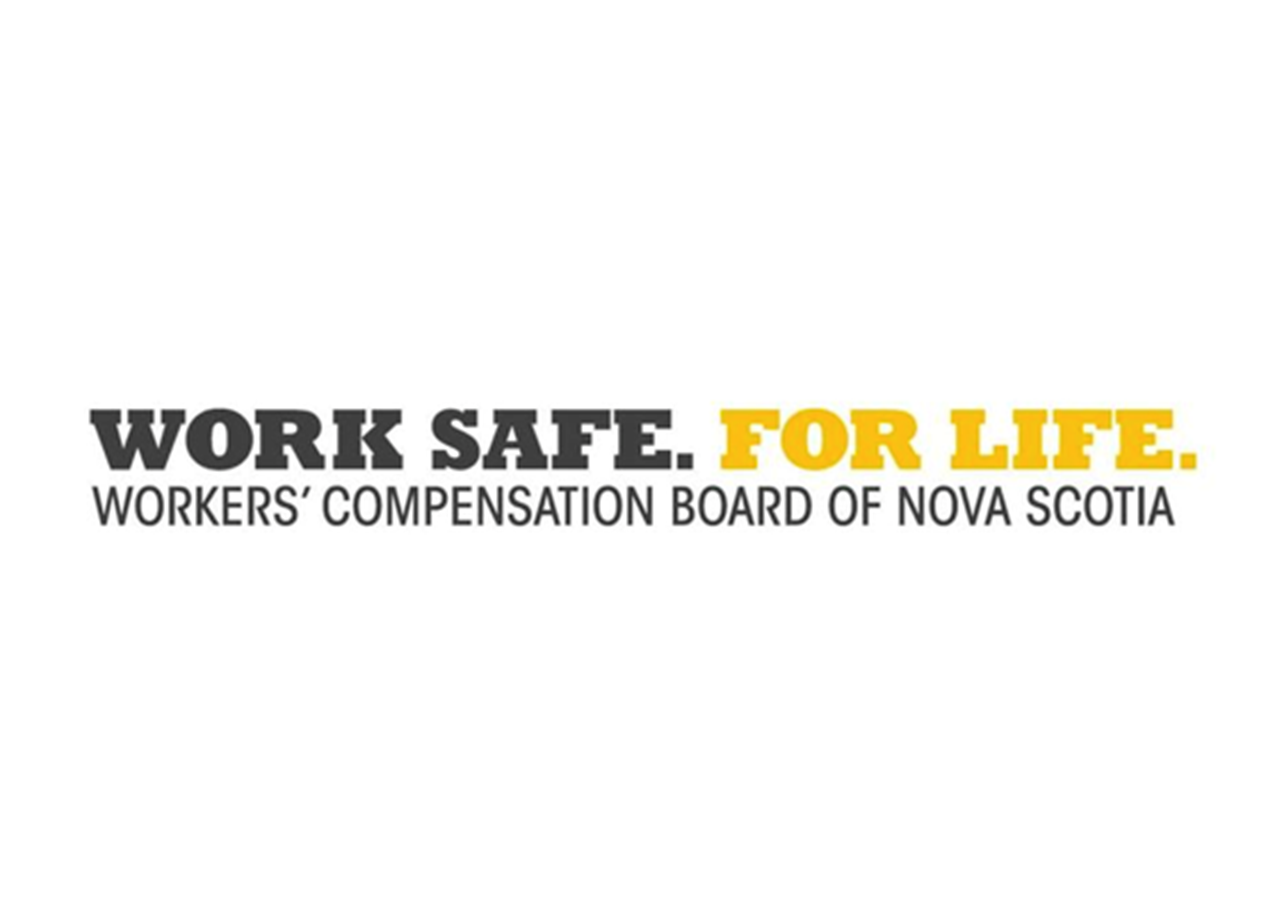
Share your feedback on the OWC/OEA NS
Continue reading →
As a Nova Scotian worker, employer, safety leader or workplace safety system employee, we are reaching out today to ask for your perspective. - WCB approves 2023 premium rates December 12, 2022
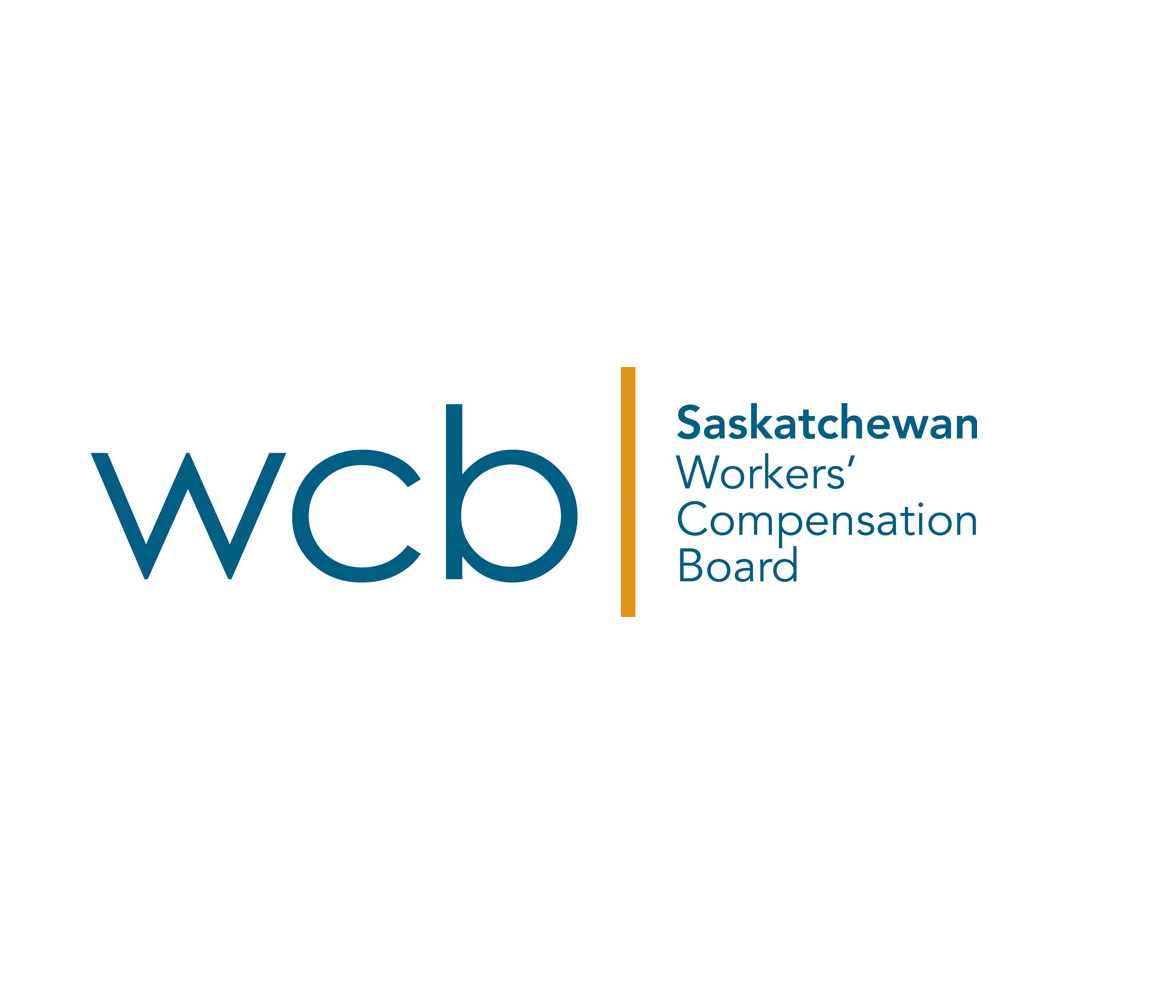
2023 average premium rate remains among lowest in Canada
Regina, Sask., Dec. 12, 2022 – The Saskatchewan Workers’ Compensation Board (WCB) has approved the 2023 average employer premium rate of $1.28 per hundred dollars of payroll. This is an increase of 4.1 per cent from the 2022 rate of $1.23.
Continue reading → - Workers’ Safety and Compensation Commission Release Assessment Rates for 2023 November 28, 2022
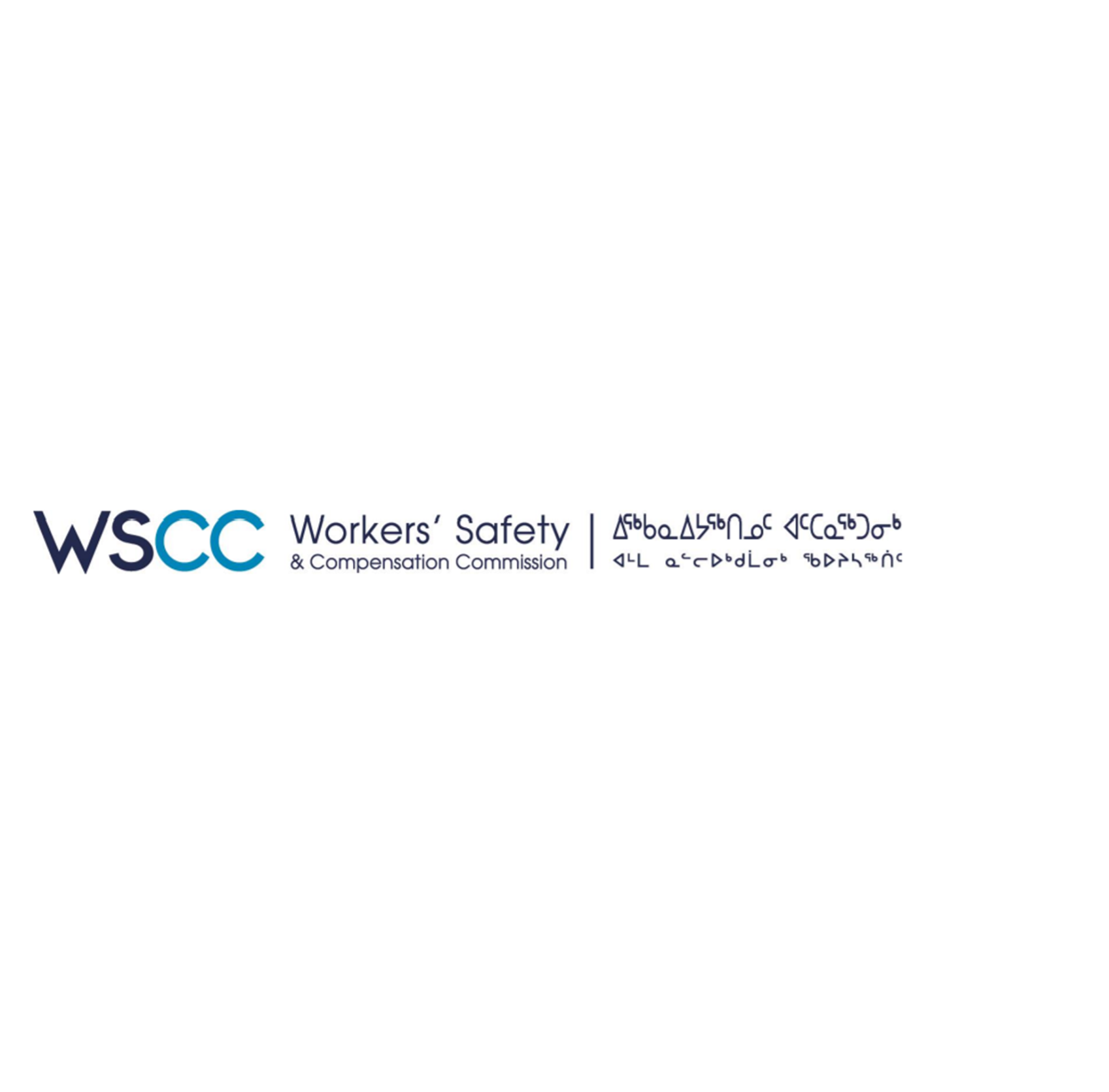
Yellowknife, NT (November 28, 2022) – The Workers’ Safety and Compensation Commission of the Northwest Territories and Nunavut (WSCC) announces that the average employer assessment rate is remaining at $2.40 per $100 of assessable payroll, unchanged since 2020.
Continue reading → - WCB Nova Scotia’s CEO Stuart MacLean announces retirement November 7, 2022

November 7, 2022
After 36 years, Stuart MacLean is retiring from WCB Nova Scotia.
Stuart has served as the organization’s CEO since 2012. In that time, he guided the WCB through a comprehensive modernization and into an era of financial sustainability, and workplace injury has declined by nearly 20 percent in our province.
Continue reading → - WCB announces rates, surplus and pursuit of benefit enhancements November 7, 2022

November 7, 2022
The Workers Compensation Board (WCB) of PEI is pleased to announce a 4.2% reduction of its estimated average assessment rate for Islander employers for 2023. This brings the 2023 rate to $1.37, down from $1.43 in 2022.
Continue reading → - WCB distributes $95 million in surplus funds to Manitoba employers November 4, 2022
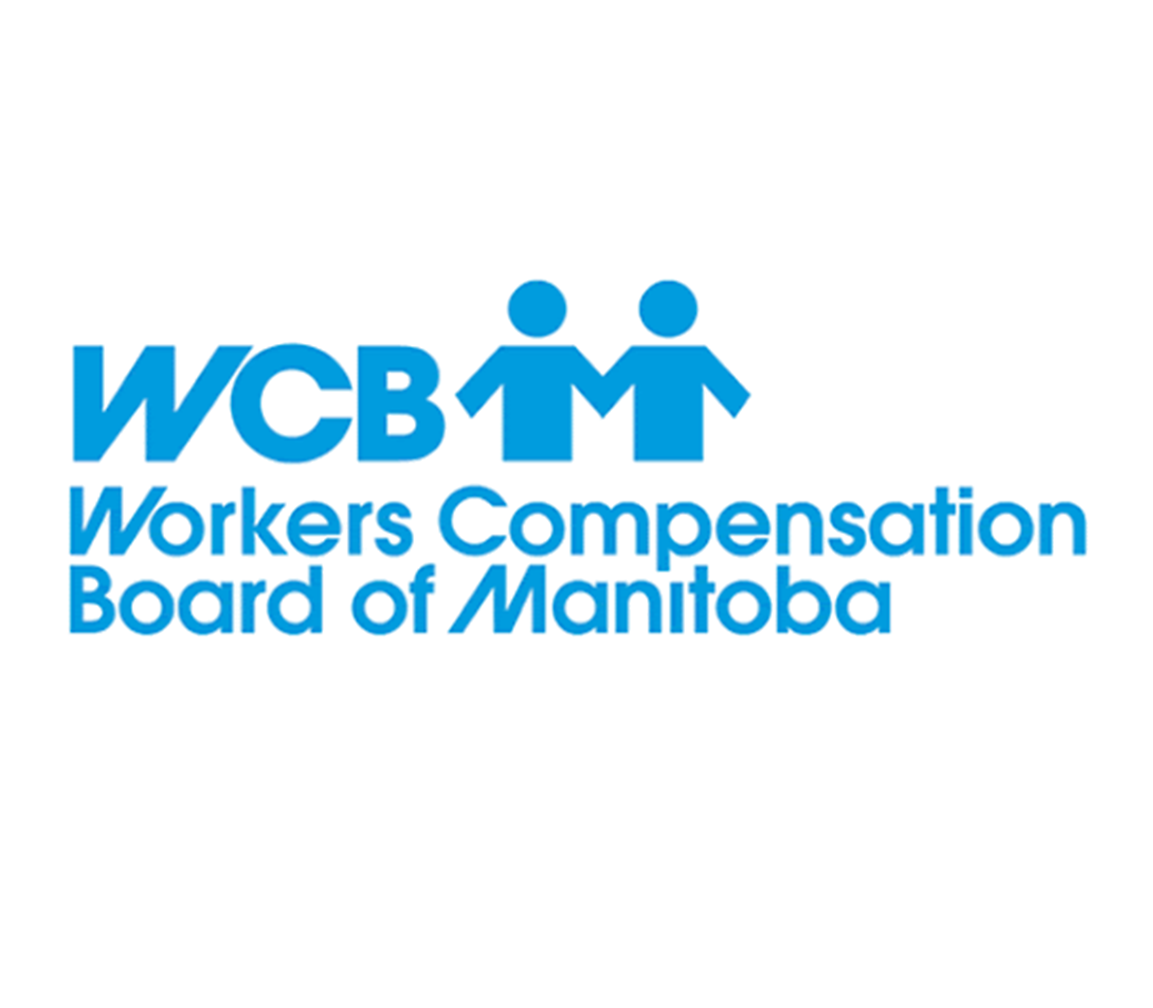
For the fourth year in a row, the Workers Compensation Board of Manitoba (WCB) is distributing surplus funds to employers whose premiums fund the workers compensation system. The WCB is able to provide this financial relief to employers due to the successful investment made in injury prevention and return to work programs, which results in fewer injuries and injured workers having a timely and safe return to health and work.
Continue reading → - Saskatchewan WCB announces 2023 preliminary average premium rate October 31, 2022

Board proposes average premium rate at $1.28
Regina, Sask., Oct. 31, 2022 – The Saskatchewan Workers’ Compensation Board (WCB) has announced the 2023 preliminary average employer premium rate at $1.28 per hundred dollars of payroll, compared to the 2022 rate of $1.23, an increase of 4.1 per cent. The announcement was made at the WCB’s annual preliminary rate information meeting with Saskatchewan employers, workers and stakeholders.
Continue reading → - WorkSafeBC: 2023 premium rates October 27, 2022
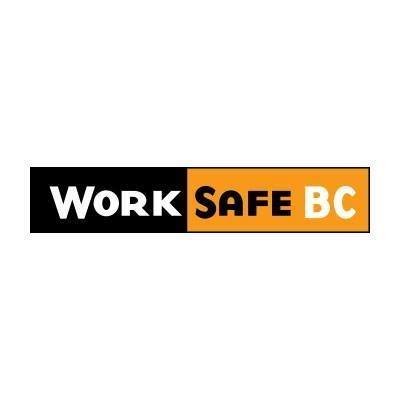
WorkSafeBC announces that the average base premium rate for 2023 is 1.55 percent of employers’ assessable payroll, which has been maintained at the same level since 2018. Our strong financial results have enabled us to keep the average rate flat for 2023.
Continue reading → - WCB PEI biennial worker survey underway October 21, 2022

The Workers Compensation Board’s biennial Worker Survey is now underway.
This biennial survey is being conducted by phone by an independent research firm, Narrative Research, who will ask our clients about their satisfaction with our programs and services. Participation is voluntary and confidential.
Continue reading →- WCB PEI: Asbestos management requires specific safety measures October 21, 2022

As the post-tropical storm Fiona clean up continues, the Workers Compensation Board (WCB) reminds employers and workers that they are required to follow the specific safety measures related to asbestos management. Asbestos is a strong, fire-resistant mineral fibre. While asbestos is no longer used in residential and commercial building construction, it can still be found when renovating, restoring and demolishing older buildings.
Continue reading →
- WCB PEI: Asbestos management requires specific safety measures October 21, 2022